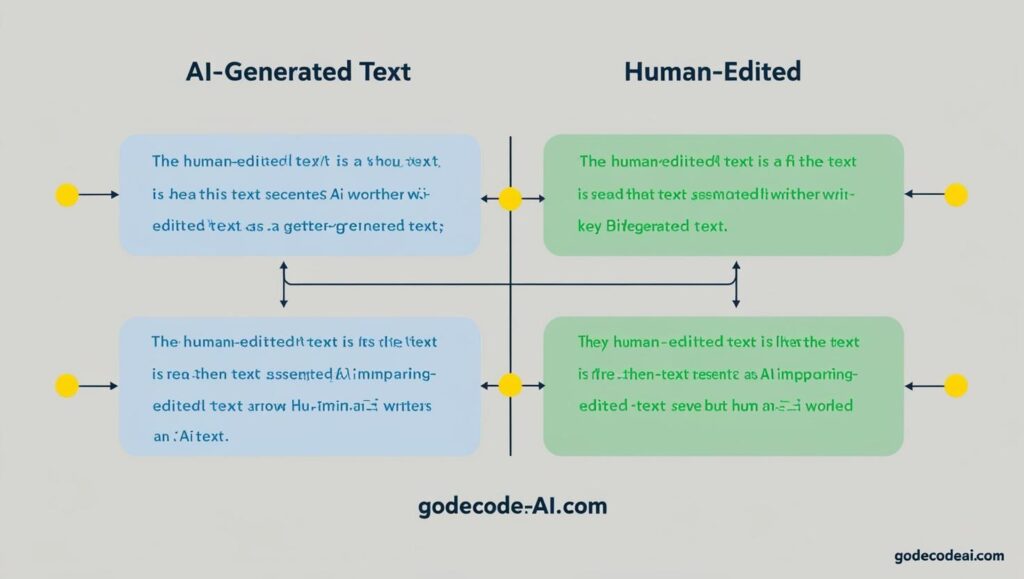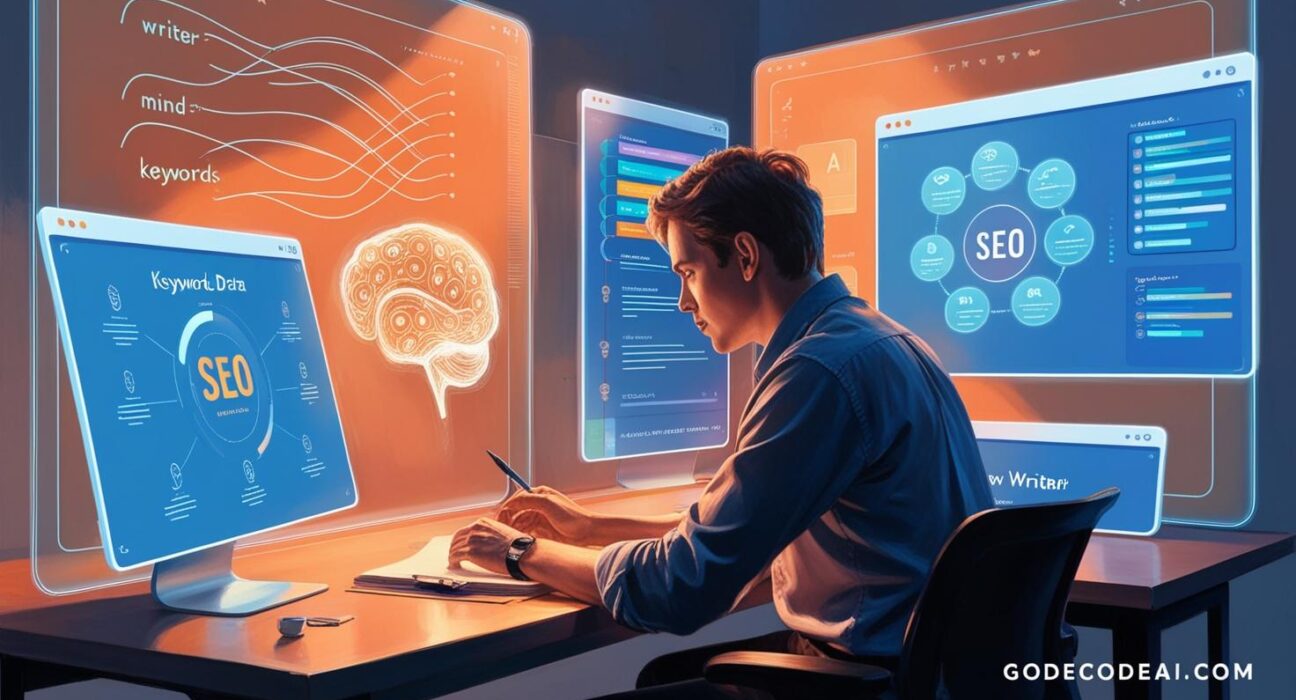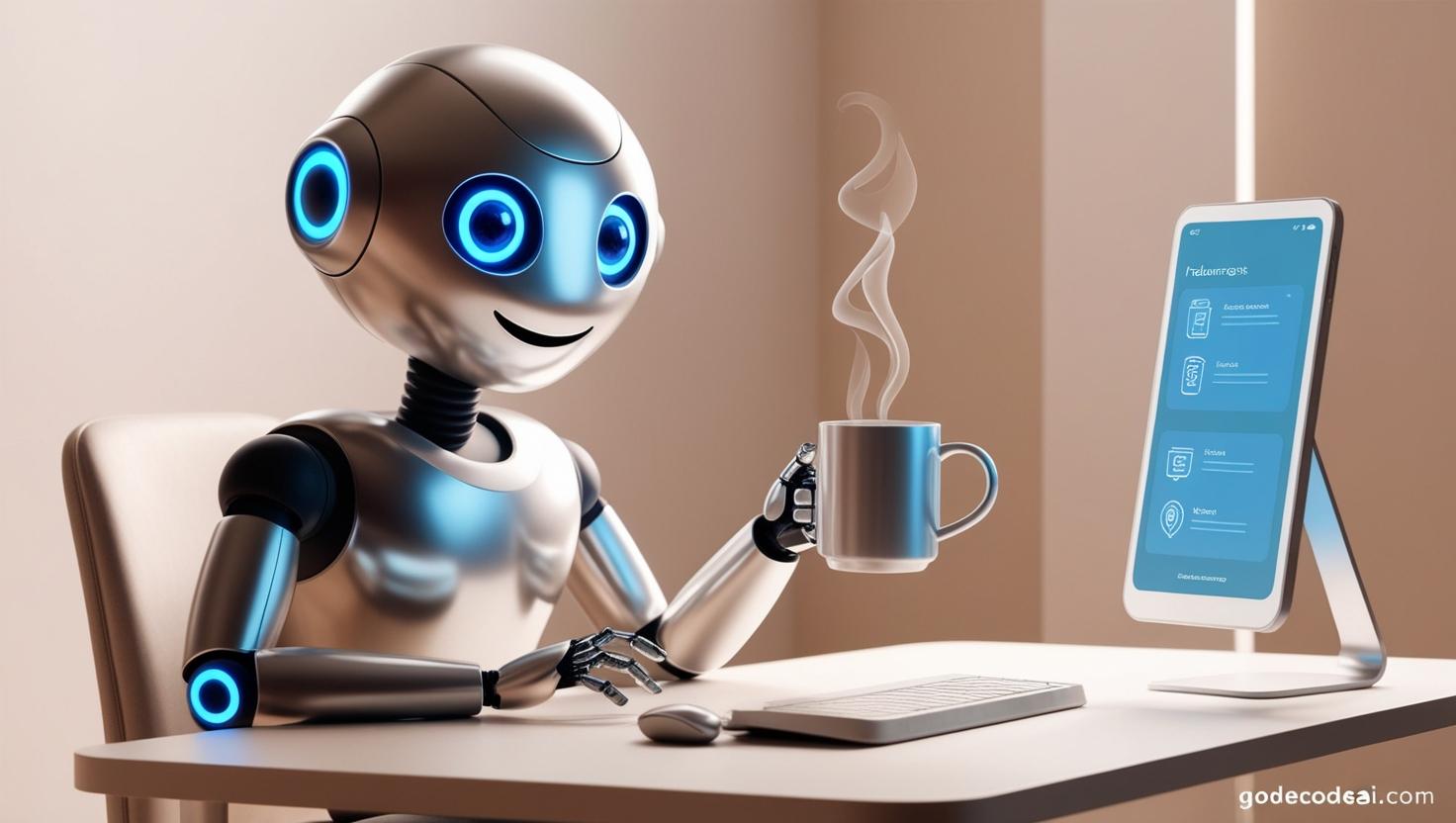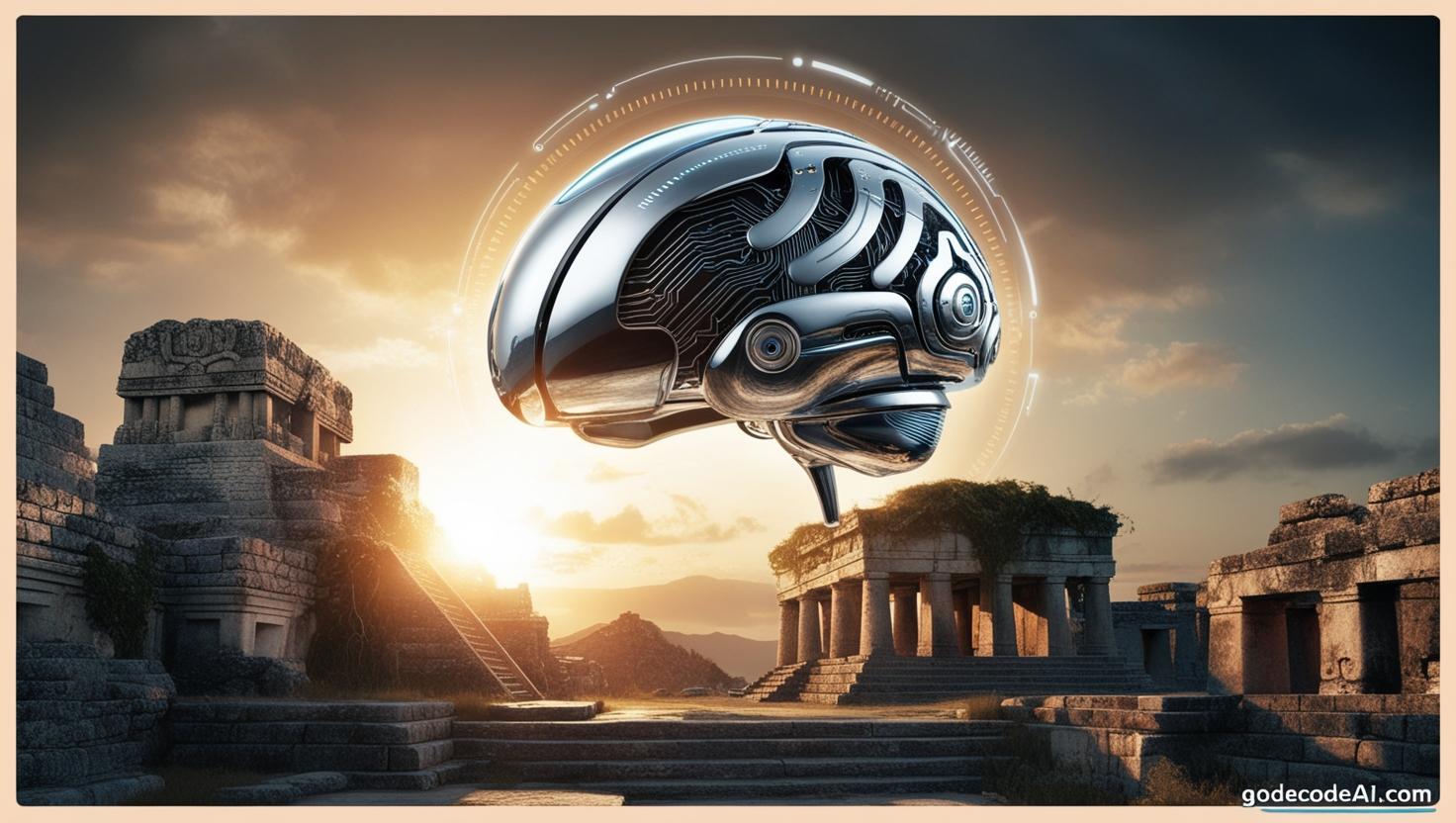The Rise of AI in Content Creation
In recent years, AI content writers have become the talk of the town. Tools like ChatGPT, Jasper, and Writesonic have taken the world by storm, making it easier than ever to generate articles, blog posts, product descriptions, and more.
At first glance, AI content seems like a time-saving miracle. Just input a few prompts, and voila, you have a fully formed piece of content. But as tempting as it may be to hit copy-paste, relying too heavily on AI for content creation can be a dangerous path to take.
In this article, we’ll dive deep into why you should never copy-paste AI-generated content without proper edits and why human touch still reigns supreme in content creation.
2. Why AI Content Is Not Ready to Copy-Paste (Yet)

While AI has come a long way, it’s still not perfect. Below are several reasons why blindly copying and pasting AI-generated content could hurt your content strategy and online presence.
🧠 Lack of True Originality
AI tools like GPT-4 or Jasper are trained on vast amounts of data from the internet, which means they replicate patterns found in previous content. While this is great for quickly generating ideas, it also means that AI lacks the ability to create truly original ideas.
Why it matters:
Search engines like Google value originality and unique perspectives. Duplicate or heavily AI-replicated content is more likely to be flagged as low-quality. If you’re copying and pasting content, even if AI has written it for you, it risks becoming just another generic piece in the sea of similar content, without adding value or distinctiveness.
⚠️ Potential for AI Errors
AI tools have the capability to generate content quickly, but they aren’t infallible. They sometimes introduce factual inaccuracies, nonsensical phrases, or misleading information that can go unnoticed in the rush to publish. Without careful review, these errors can undermine your authority and trustworthiness.
Why it matters:
Factual inaccuracies damage your E-E-A-T (Expertise, Authoritativeness, Trustworthiness) score with Google. If users come across misleading or incorrect information, it diminishes their experience, harming your SEO and reputation. Accuracy is key in content creation, and AI can’t always be relied on to get things right.
📝 Lack of Human Touch and Emotional Connection
AI can generate grammatically correct and SEO-friendly content, but it struggles to infuse emotion, personality, and humanity into the writing. While it can mimic a tone or style, it cannot truly understand context or empathy the way a human writer can.
Why it matters:
People connect with people. When AI-generated content lacks the authenticity and emotional resonance that comes from human experience, it feels mechanical. Human writers can inject stories, insights, and perspectives that resonate with readers on a deeper level. Content that lacks this depth often fails to build strong audiences or loyalty.
3. AI Content: A Tool, Not a Replacement

AI should be viewed as a tool to enhance your content creation process—not a complete replacement. When used correctly, AI can save you time on repetitive tasks, help brainstorm ideas, or even assist with basic content creation. But it’s the human writer who adds the nuance, storytelling, and critical thinking that make content stand out.
Here’s how AI can be used effectively:
🚀 Idea Generation
AI can help you brainstorm article ideas, identify trending topics, and generate headlines that catch attention. This can give you a solid starting point for your content.
🔍 Content Optimization
AI tools can analyze existing content and provide suggestions for improving SEO, readability, and engagement. They can help identify keywords and internal linking opportunities to enhance content’s searchability.
🖋️ Writing Assistance
Rather than relying on AI to write entire articles, use it to help you with drafting sections, rephrasing content, or editing. AI can provide a foundation, but it’s your input that shapes the final product.
4. AI-Generated Content and SEO: The Risk of Plagiarism and Penalties

Google’s algorithms are sophisticated, and they can easily detect duplicate content or articles that are not unique. Although AI tools generate new content, they often work based on patterns that are seen in existing data, which may result in similarities to other online content.
🔍 Plagiarism Detection
Search engines have plagiarism detectors that catch AI-generated content that mimics or reproduces sections from previously published articles. This can lead to penalties that negatively impact your search engine rankings.
Why it matters:
If your AI-generated content is flagged for plagiarism, you could face a drop in rankings or be removed from search engine results entirely. This can drastically reduce your website’s visibility and organic traffic.
5. How to Safely Use AI in Content Creation
Instead of relying on AI as a crutch, treat it as a supplement to your own writing process. Here are ways to safely use AI-generated content while ensuring your output remains unique and effective:
✍️ Edit and Personalize
Always edit and personalize AI-generated content before publishing it. Add your own insights, experiences, and perspectives to ensure the piece feels authentic and reflective of your voice. This is how you can make AI work for you without sacrificing originality.
💡 Use AI for Specific Tasks
Rather than writing entire articles with AI, use it for tasks like research, idea generation, and summarizing information. Then, combine this with your own expertise and creativity to craft a polished piece of content.
🔑 Quality Control
Ensure that all AI-generated content undergoes a quality control process. Verify facts, correct errors, and enhance readability. You can even run it through plagiarism checkers to ensure its uniqueness.
6. AI and the Future of Content Writing
AI will continue to play an increasingly important role in the content creation process, but it’s unlikely to fully replace human writers. The future of content writing lies in collaboration—humans using AI to optimize and enhance their creativity.
Here’s how the future will likely look:
- AI as a partner: Instead of writing entire pieces, AI will assist human writers with research, idea generation, and basic structuring.
- Automation of repetitive tasks: AI will automate tasks like SEO optimization, formatting, and content updates, freeing up writers to focus on high-level creativity.
- Enhanced personalization: AI tools will analyze user preferences to help writers create more targeted, personalized content for specific audiences.
7. FAQs
Q: Is AI content good for SEO?
AI-generated content can be helpful for SEO if it’s high-quality, unique, and human-edited. However, Google values originality and user experience above all, so copy-pasting AI content without proper adjustments could lead to penalties.
Q: Can AI replace human writers?
While AI can assist in content creation, it cannot replace the human touch. Human writers provide the creativity, emotional depth, and personalization that AI still struggles to replicate.
Q: How can I ensure AI-generated content is unique?
After using AI to generate content, always edit and personalize it. Cross-check facts, add your own insights, and use plagiarism checkers to ensure the content is one-of-a-kind.
8. Final Thoughts: AI’s Role in Content Creation
AI content writing tools are an exciting development that can dramatically improve efficiency. However, blindly copying and pasting AI-generated content is not the answer. Personalization, editing, and human input remain essential to creating valuable, unique content that will truly resonate with your audience.
AI is here to assist—but you, the human writer, are still the driving force behind great content.







